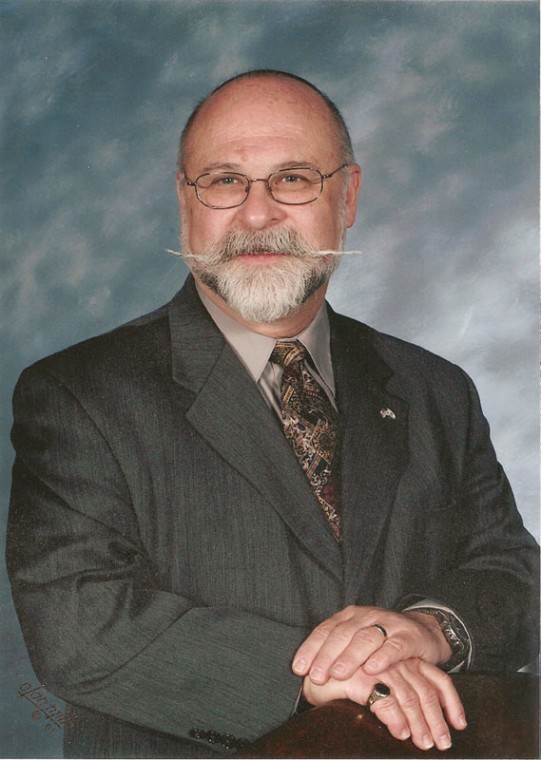It’s a mitzvah to rejoice during Sukkot
Published October 12, 2011
Five days after Yom Kippur the joyous festival of Sukkot begins. It is the one holy day period on which Jews are actually commanded to rejoice. The other major festivals (Pesach and Shavuot) are also joyous and celebrate important events in Jewish history (the Exodus and the Revelation at Sinai). Nevertheless, only on Sukkot is there an actual mitzvah to rejoice.
Sukkot has its origins in pre-Israelite history. The fall harvest historically was brought in under a great deal of pressure, as fall begins the rainy season in Israel. Crops had to be harvested prior to the beginning of the rains, or they would never be brought in. In order to take advantage of every possible minute of daylight, the ancient farmers would build temporary shelters with thatched roofs in which they would eat, rest and sleep during the harvest. This kept them closer to the fields and to the harvest. There remain family farms in all parts of the world that continue this practice to this day.
By the time of the Torah, however, the sukkot took on an historical significance. They represented variously the temporary shelters in which the Israelites resided in the 40 years of wandering in the wilderness or the Divine sukkah of God’s Providential care of the people throughout that period. When one eats and sleeps in the sukkah, one is reenacting the trust of the Israelites in God’s Providence and trusting, too, in God to provide for one’s needs. In the fall of the year, the days grow shorter, the nights cooler and the rains begin to threaten. It is, indeed, an act of faith and trust to go out into the sukkah during this season. Especially considering that it is still hurricane and tornado weather, this faith and trust is most evident.
The sukkah serves yet another purpose. When one leaves the comforts of one’s home, with its heating/air conditioning, electricity, television and fine furnishings for the bare bones structure of the sukkah, one is reminded of those who do not have fine homes in which to reside, who make their homes under viaducts and in doorways, who sleep in discarded appliance cartons and who collect bottles and cans for their subsistence. It also reminds one of the fragility of our lives. Again, the ferocity of the hurricanes and tornadoes comes to mind and the conditions in which they leave people’s homes. Against the winds their homes were like the fragile sukkot that are built in the back yards of Jews the world over. Eating and/or sleeping in the sukkah enables one to identify more closely with those whose homes are destroyed or with those who are homeless.
The commandment to rejoice on Sukkot comes as a result of all of this. After living in the sukkah for a week, one becomes all the more thankful for one’s blessings, for one’s family, for one’s home, for God’s Providence that is with humankind every moment of every day. Living closer to nature, one comes to appreciate the rhythm, the beauty and the intricacy of the world in which God has placed humankind. One actually sees the sun rise and the stars spread out through the firmament of the heavens. One feels the cold, crisp air and the sun on one’s cheeks. The sukkah transports one to a far simpler, more basic life.
Chag Same’ach! and Shabbat Shalom!
D’var Torah: Parashat Re’eh
Rabbi Josef Davidson is adjunct rabbi with Congregation B’nai Amoona and is a member of the St. Louis Rabbinical Association.














